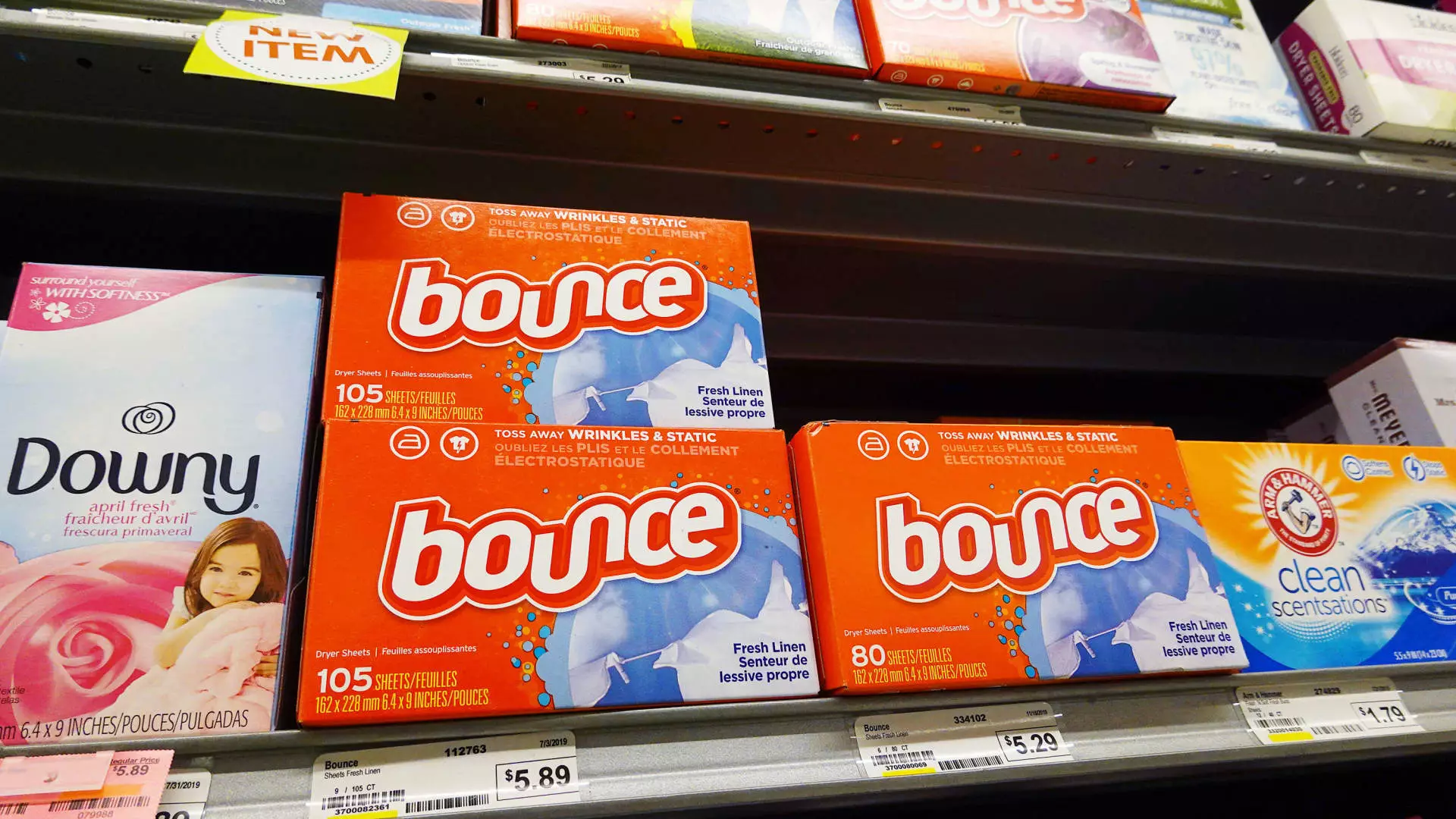Procter & Gamble (P&G) recently unveiled its quarterly financial results, revealing a performance that fell short of market expectations. The company posted earnings per share (EPS) of $1.93, slightly above the anticipated figure of $1.90. However, when it comes to revenue, P&G generated $21.74 billion, which was below the Wall Street consensus of $21.91 billion. The mixed financial results culminated in a modest decline of 1% in P&G’s stock during premarket trading, a reflectively cautious reaction from investors amid growing concerns over demand dynamics, particularly in the crucial Chinese market.
During the first quarter of its fiscal year, P&G reported net income of $3.96 billion or $1.61 per share. This figure marks a substantial decrease from the previous year’s net income of $4.52 billion, equivalent to $1.83 per share. When excising restructuring costs and other irregular expenses, P&G’s EPS keeps pace at $1.93. Revenue figures also tell a compelling story, with overall sales slipping 1% to $21.71 billion, while organic revenue—an important indicator of core operational health—showed a 2% increase, benefiting from strategic price hikes.
However, it is crucial to note that the volume of products sold remained flat throughout the quarter. This lack of volume growth raises a red flag regarding the sustainability of demand, especially considering the extensive price increases P&G has implemented over the years. The stagnation in volume signals deeper issues within the consumer goods sector as many buyers are becoming more price-sensitive.
Regional Performance and Market Challenges
P&G’s results revealed diverging trends between different geographical markets. In the United States, eight out of ten product categories reported a resurgence in volume, hinting that U.S. consumers are still engaging with P&G’s product lineup without gravitating toward private-label alternatives. This positive outlook starkly contrasts with the plight in Greater China, where P&G is facing notable declines, particularly in its hair and oral care segments. The company’s observation of falling consumer demand in China is particularly alarming, as this region contributes significantly to P&G’s revenue profile.
CFO Andre Schulten candidly remarked on the challenging outlook for the Chinese market, predicting ongoing weakness in demand for several quarters, despite recent governmental initiatives aimed at invigorating the economy. With economic uncertainties prevailing, P&G will need to navigate these choppy waters carefully to stabilize its performance in one of the world’s most dynamic consumer markets.
A sharp focus on P&G’s subdivision performance uncovers areas of concern. The beauty segment, comprising renowned brands like Pantene and Olay, recorded a distressing 2% drop in volume. Notably, the skincare category experienced a staggering decline exceeding 20%, primarily attributed to dwindled sales of the high-end SK-II brand which has struggled to regain traction in a post-lockdown market.
Other divisions also reported contractions, with the healthcare and baby, feminine, and family care segments both reflecting declines of 1%. In particular, the baby care sector, which includes the widely recognized Pampers brand, suffered mid-single-digit drops in organic sales, further showcasing the vulnerabilities present within P&G’s diverse product offering.
On the brighter side, P&G’s grooming division did see a robust 4% growth in volume, credited largely to innovative advancements in product design and technology. Similarly, the fabric and home care segment also enjoyed a modest 1% uptick in volume.
Future Projections and Strategic Directions
Looking ahead, P&G has reiterated its fiscal 2025 forecasts, expecting core net earnings per share in the bracket of $6.91 to $7.05, alongside a targeted revenue growth of 2% to 4%. Maintaining optimism in the face of current market challenges will demand strategic agility and a keen understanding of evolving consumer preferences. The next quarters could prove pivotal for P&G as it navigates headwinds both regionally and internationally, with the onus positioned on management to innovate and adapt to shifting consumer behaviors.

